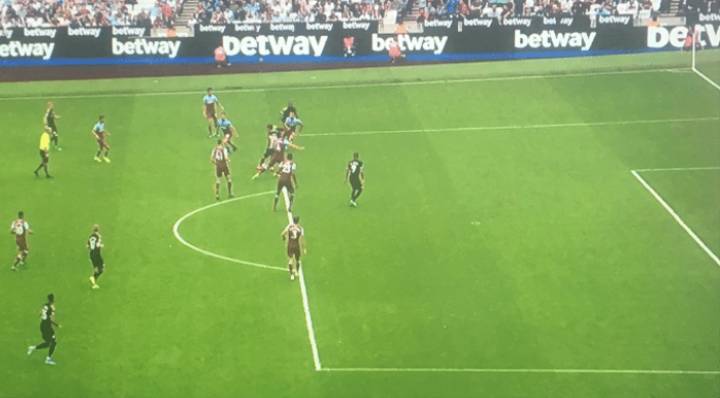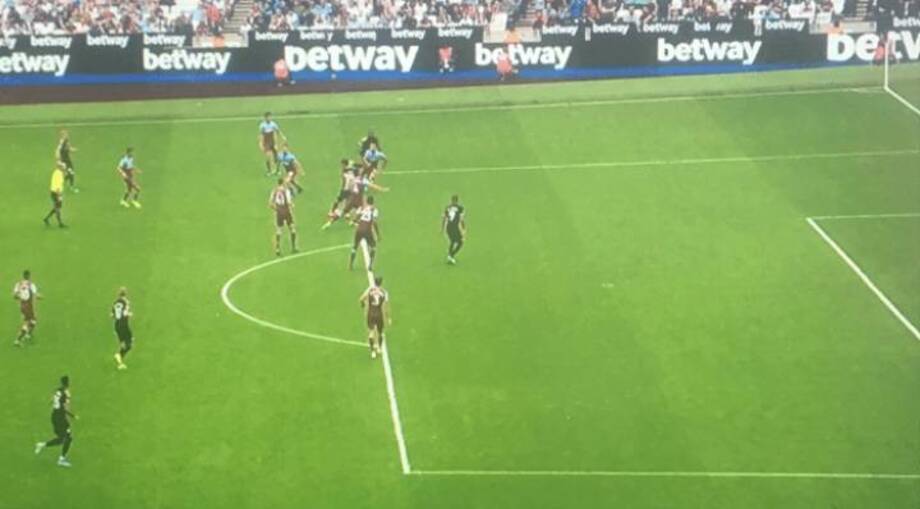UNDERSTAND WHAT OFFSIDE IS IN FOOTBALL
Learn now what is impediment in football, what the offside position is, and what offside is not in football.
OFFSIDE POSITION IN FOOTBALL
Being in an offside position does not constitute an infraction.
A Football player will be in an offside position in the following situations:
-
Any part of your head, body, or feet is in the opponent’s half of the field (excluding the halfway line)
-
and if any part of his head, body or feet is closer to the opponents’ goal line than the ball and the second-to-last opponent.
ATTENTION! The hands and arms of the players, including the goalkeepers, are not considered.
A Football player will not be in an offside position when he is in line with:
-
Second-to-last opposing defender or
-
the last two opposing defenders.
ATTENTION! A player in an offside position does not characterize an infringement if he is not actively participating in the play.
THE IMPEDENT
Offside in Football is set when a player in an offside position receives the ball touched by a teammate and participates in active play:
-
Playing or touching the ball;
-
Preventing an opponent from playing or being able to play the ball by clearly obstructing his line of sight or;
-
Disputing the ball with the opponent or;
-
Clearly trying to play the ball that is close to you and when this action causes impact on the opponent or;
-
Practicing an obvious action that has a clear impact on the opponent’s ability to play the ball.
-
Gaining advantage of the offside position by playing the ball or interfering with an opponent, when the ball has been:
-
Deflected or rebounded off one of the goalposts, an official, or an opponent;
-
Played by an opponent to make a deliberate save (prevent the ball from entering his goal).
-
A player in an offside position who receives the ball deliberately played by an opponent (except when it is a deliberate defense), should not be punished (he gains no advantage).
A “deliberate save” is characterized when a player deliberately plays or attempts to play the ball that is going towards or very close to his goal, with any part of his body except his hands, unless he is the goalkeeper in his own penalty area.
SPECIAL SITUATIONS OF IMPEDIMENT

When a player, in an offside position, moves from that position or stands in that position in the path of an opponent who is going for the ball and interferes with his movement, he commits an offside infraction if it impacts on the opponent’s ability to play or contest the ball.
When a player, in an offside position, moves toward the ball with intent to play the ball and is made unable by an opponent before playing or attempting to play the ball or contesting the ball with an opponent, the foul must be penalized because it occurred before an offside infraction.
When an infringement is committed against a player who is in an offside position and who is already playing or trying to play the ball or disputing the ball with an opponent, the offside must be penalized, because it occurred before the foul.
IS NOT OFFSIDE IN FOOTBALL
It is not considered offside in Football when a player receives the ball directly from one:
-
Goal kick;
-
Side throw;
-
Corner kick.
IMPEDIMENT AND SANCTIONS
If an offside infraction is committed, the referee will award in favor of the opposing team an indirect free kick, to be executed from the place where the infraction occurs, including if it is in the player’s own half of the field.
Any defending player leaving the field of play without the referee’s permission is considered to be on the goal line or touchline for the purposes of offside until the first break in play or until the defending team has played the ball towards the halfway line and the ball is outside the penalty area. If a defender leaves the field of play deliberately he must be cautioned with a yellow card when the ball is out of play.
An attacking player may leave or remain off the field of play not to be involved in active play. If the player returns across the goal line and becomes involved in play before the ball has gone out of play, or before the defending team plays the ball towards the halfway line and the ball has left the penalty area, the player is considered to be positioned on the opponents’ goal line for the purposes of offside.
A player who deliberately leaves the field of play, returns without the referee’s permission and who is not punished for offside, if he gains any advantage should be cautioned with a Yellow Card.
If an attacking player remains stationary between the goalposts and inside the goal, a goal may be awarded unless the player commits an offside offence or other infringement of rule 12. In these cases play must be restarted with an indirect or direct free kick.
Note: This article is based on the CBF 2019/2020 Rule Book.
